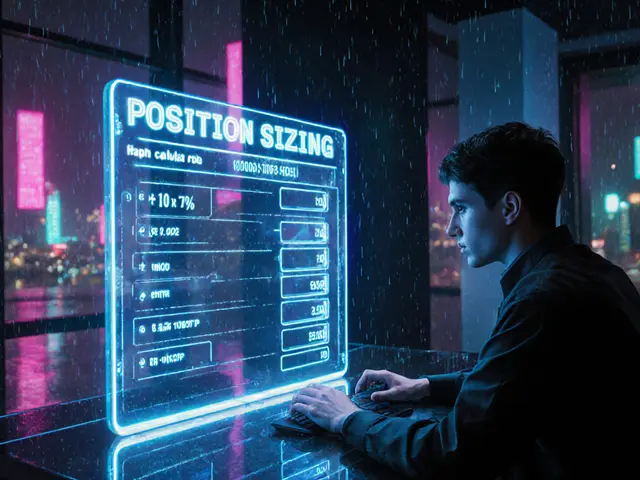
Ultron DEX: Decentralized Exchange Guide
When working with Ultron DEX, a blockchain‑based platform that lets you trade tokens directly from your wallet without a middle‑man. Also known as Ultron Decentralized Exchange, it relies on automated market makers (AMMs) to price assets and execute swaps instantly. This model eliminates order books, so you never have to wait for a counter‑party to appear.
Core Building Blocks
The engine behind any decentralized exchange, including Ultron DEX, is a set of smart contracts deployed on a public ledger. These contracts enforce trade rules, calculate prices, and lock assets in liquidity pools. A pool is simply a collection of two tokens that users deposit, earning a share of the fees every time someone swaps between them. Because the pools are always on‑chain, you retain full custody of your assets throughout the process.
Most DEXs also issue a governance token, and Ultron DEX is no exception. Holders can vote on fee structures, add new trading pairs, or tweak the AMM algorithm itself. This creates a feedback loop: active participants shape the platform, which in turn drives more usage and liquidity. The token’s utility, distribution schedule, and voting power are all key attributes that affect its market perception.
From a user standpoint, three actions dominate the Ultron DEX experience: swapping, providing liquidity, and staking the governance token. Swapping is as simple as selecting the input and output tokens, entering an amount, and confirming the transaction. Providing liquidity requires you to deposit an equal value of both tokens in a pool, after which you receive LP (liquidity provider) shares that accrue a portion of swap fees. Finally, staking the governance token lets you earn additional rewards and participate in protocol upgrades.
Security is another pillar. Because all rules live in code, a single vulnerable smart contract can jeopardize the whole platform. Ultron DEX mitigates this risk through multiple audits, a bug bounty program, and a time‑locked governance process that gives the community a chance to review changes before they go live. In practice, this means you should always verify the contract address on the official site and keep an eye on audit reports before committing large sums.
If you’re tracking the broader DeFi landscape, you’ll notice that many of the articles on our site touch on themes that intersect with Ultron DEX: airdrop mechanics (which often target governance token holders), compliance updates (like the EU Travel Rule that may affect how DEXs report large trades), and tokenomics deep‑dives (such as the IMX or DAG guides). These pieces help you understand the ecosystem around Ultron DEX, from how token rewards are structured to what regulators might demand in the near future.
Now that you’ve got a solid grasp of what Ultron DEX is, how liquidity pools fuel its trades, and why governance tokens matter, you’re ready to explore the detailed guides below. Whether you’re hunting a new airdrop, sizing up tokenomics, or simply want to start swapping safely, the articles that follow break each topic down into clear steps you can act on right away.




